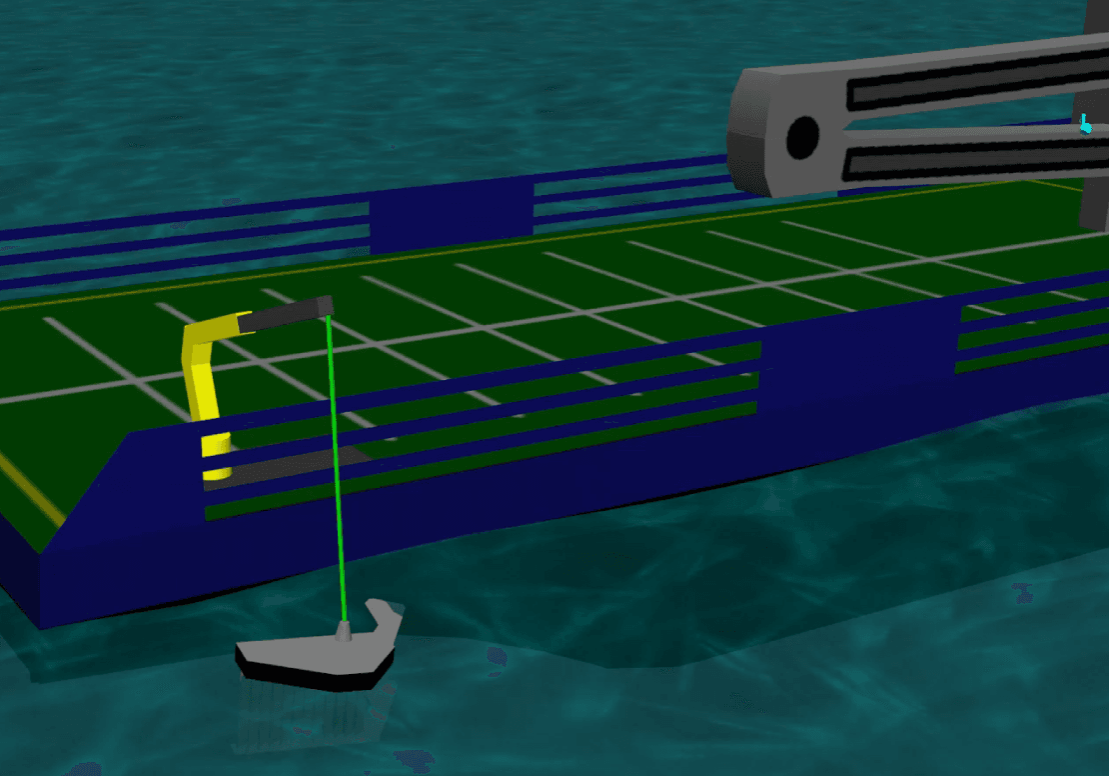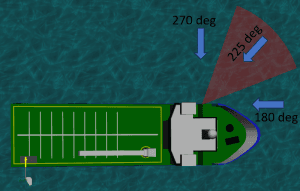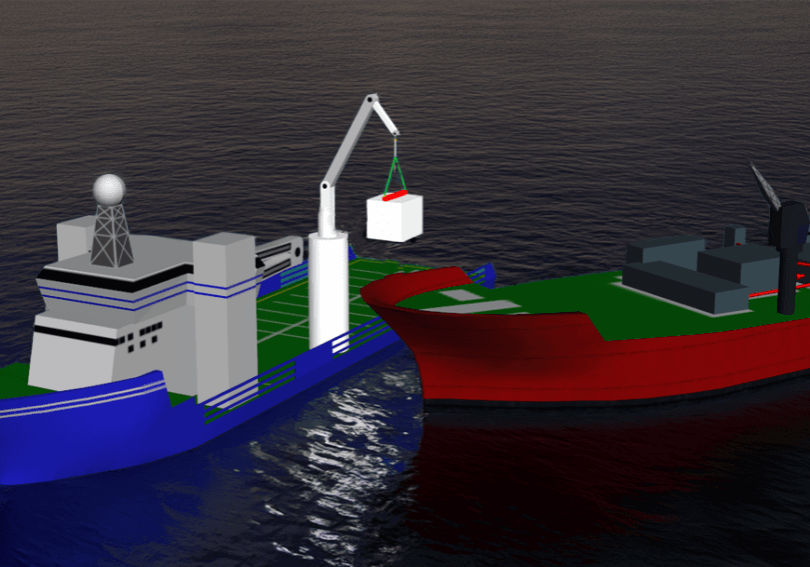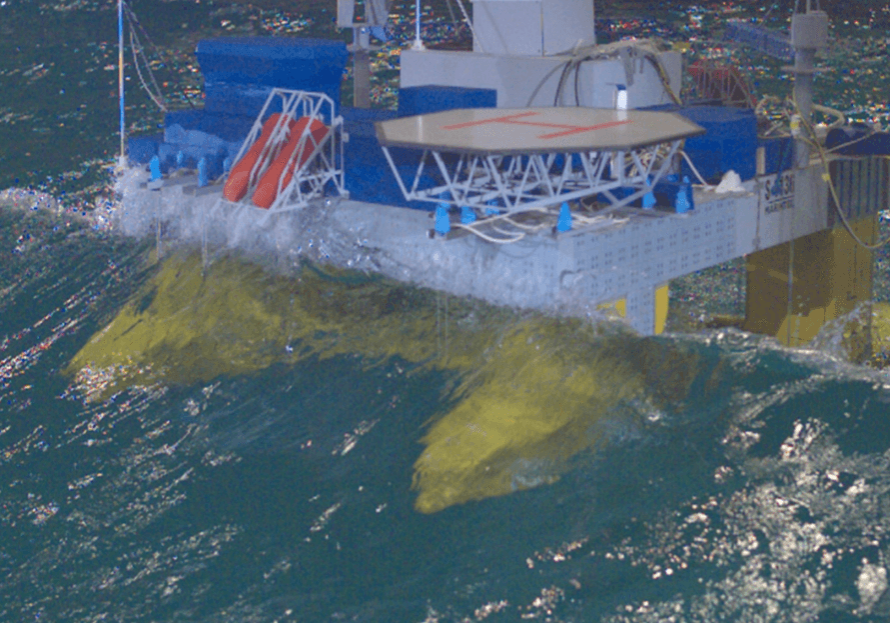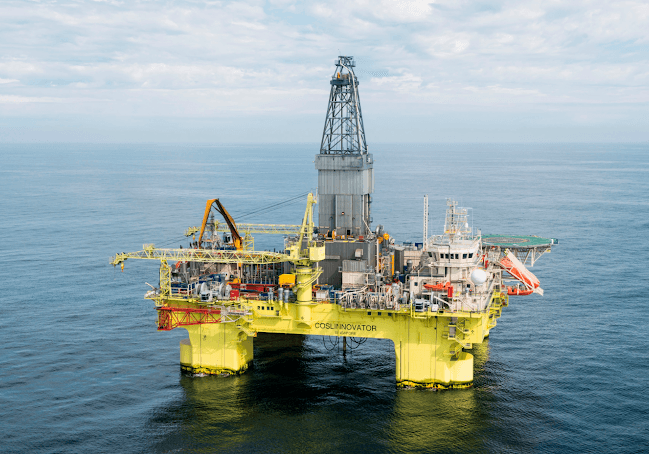Feasibility Study of a Paravan launch and retrieval analysis
Feasibility Study: Paravan Launch and Retrieval Analysis
Overview
Engineering IDS conducted a feasibility study for Norsk Oljevernforening For Operatørselskap (NOFO) to evaluate the launch and retrieval of a Paravan and optimize crane tip positions. The analysis focused on ensuring safe lifting operations through the splash zone by assessing limiting environmental conditions and determining optimal vessel headings.
Objective
Evaluate launch and retrieval operations for a Paravan.
Optimize crane tip position for enhanced operability.
Identify limiting environmental conditions for safe splash zone operations.
Scope of Work
Assess operational limits for safe lifting operations through the splash zone.
Evaluate vessel operability under varying wave conditions.
Determine the optimal vessel heading to minimize risks during operations.
Methodology
The analysis adhered to industry standards using advanced hydrodynamic and motion modeling tools:
- Standards:
- The analysis adhered to DNV RP-C205 and DNV RP-N103.
- Vessel Motion:
- The vessel was modeled using displacement RAOs, describing its response to incoming waves.
- Wave disturbance caused by vessel presence was incorporated using sea state RAOs in OrcaFlex.
- Dynamic System Analysis:
- The complete system, including vessel motion and wave interaction, was analyzed in OrcaFlex.
- Wave Shielding:
- Evaluated the vessel’s ability to shield the lee side from wave loads, reducing kinematics during splash zone crossings.
Results
Wave Shielding Efficiency
The vessel provided significant wave shielding on the lee side:
For a 6-second wave peak period, the wave elevation on the lee side was reduced by approximately 50%, ensuring safer operations.
Operational Insights
Optimal vessel headings were identified to maximize operational windows.
Safe limits for environmental conditions were established, enhancing safety and efficiency.
Conclusion
Through advanced hydrodynamic modeling and operational analysis, Engineering IDS provided NOFO with actionable insights to optimize launch and retrieval operations for the paravan. By accounting for vessel shielding effects, wave disturbances, and crane tip optimization, this study ensured safer and more efficient offshore operations.
